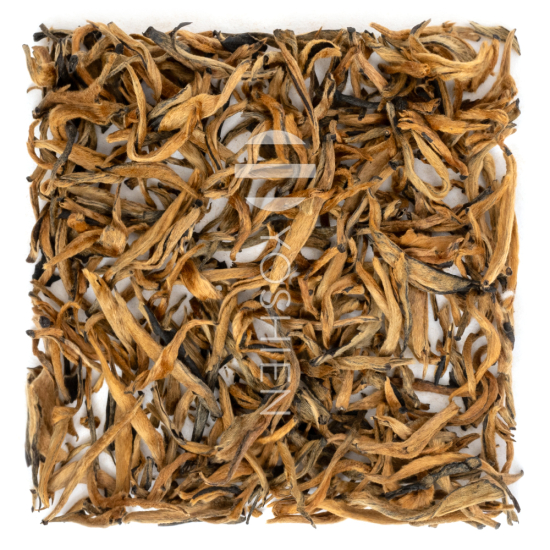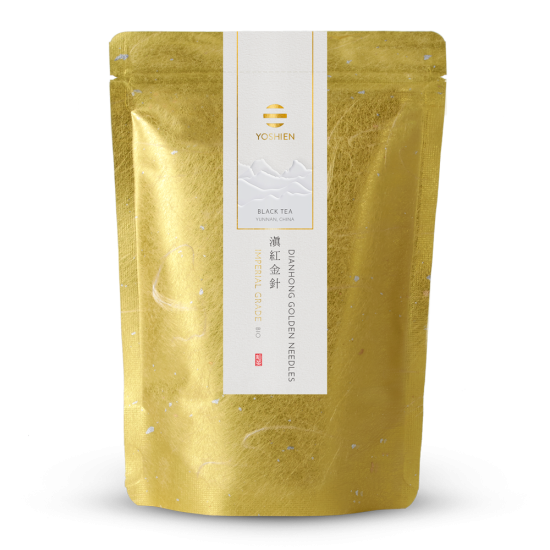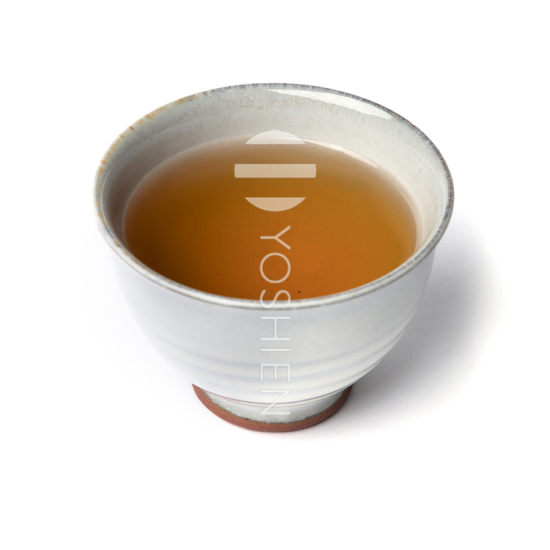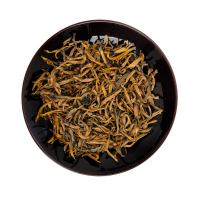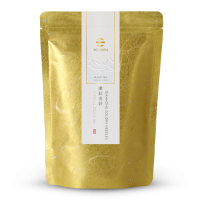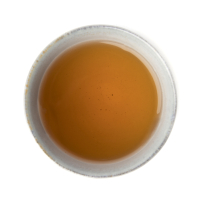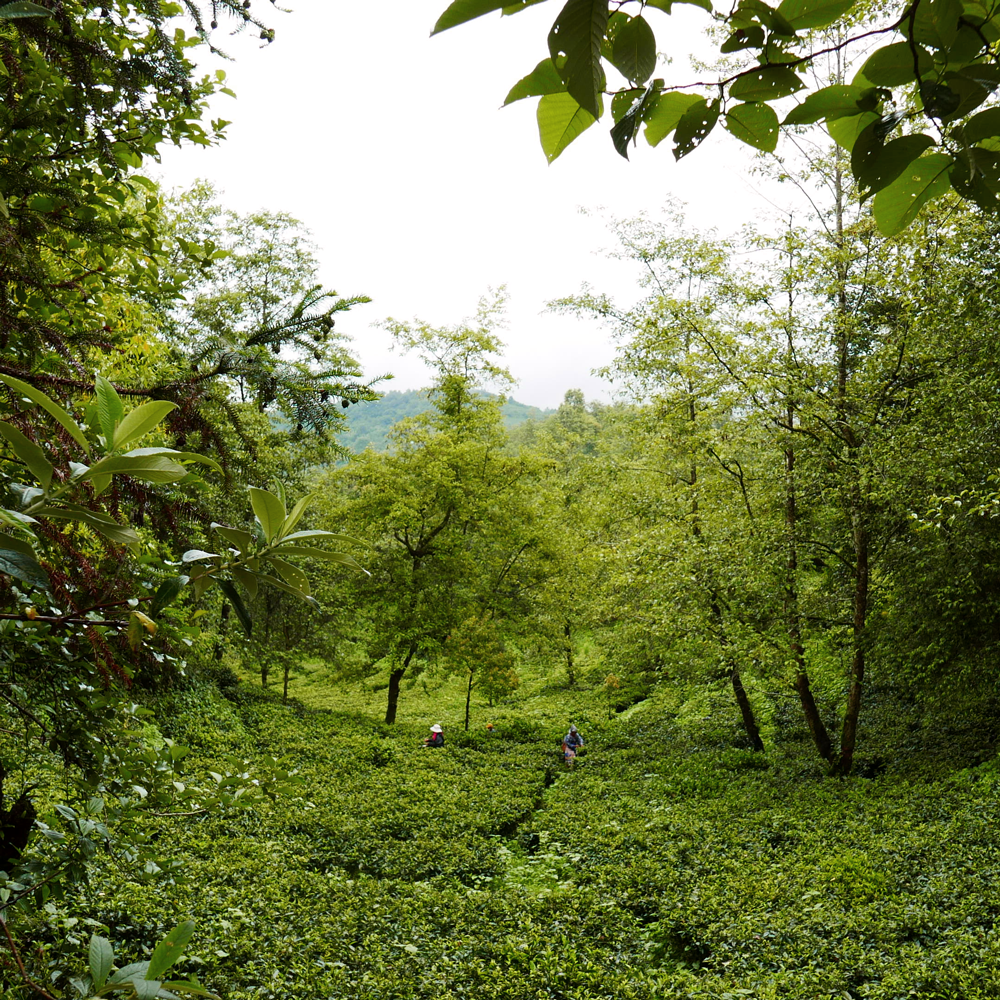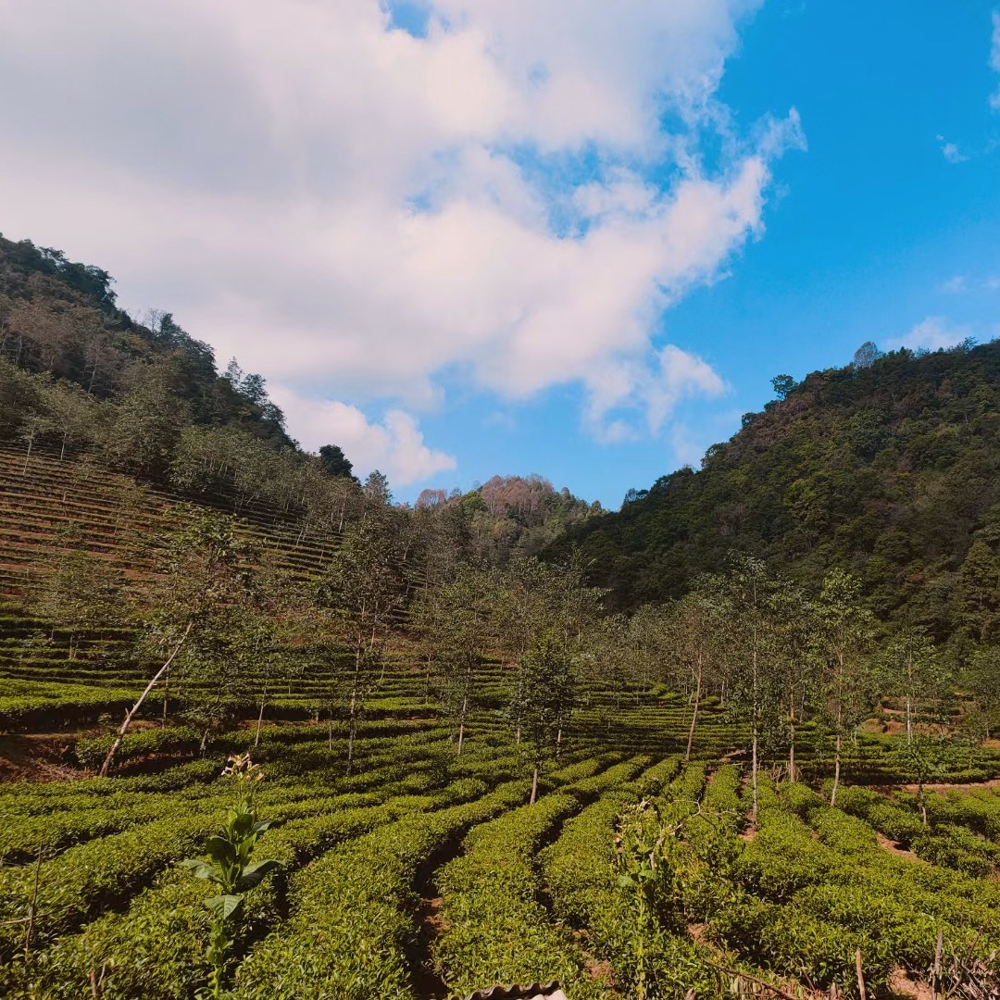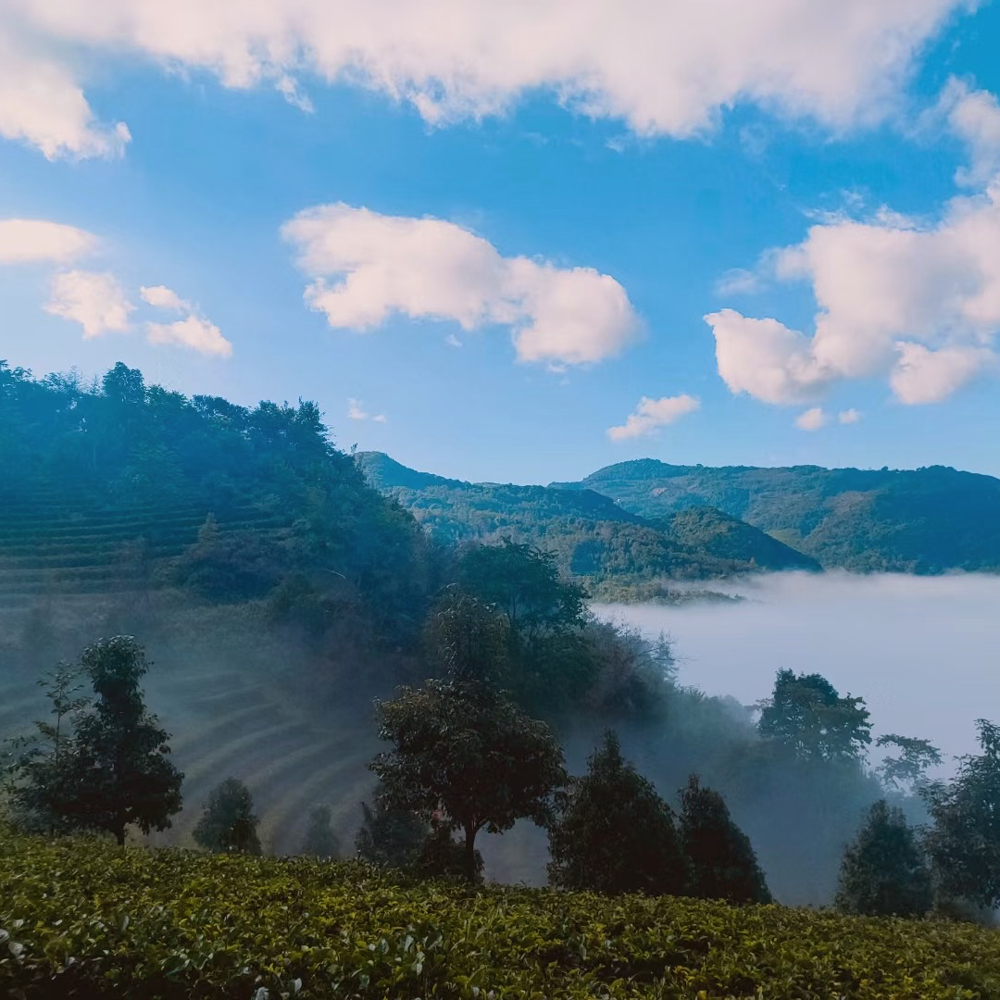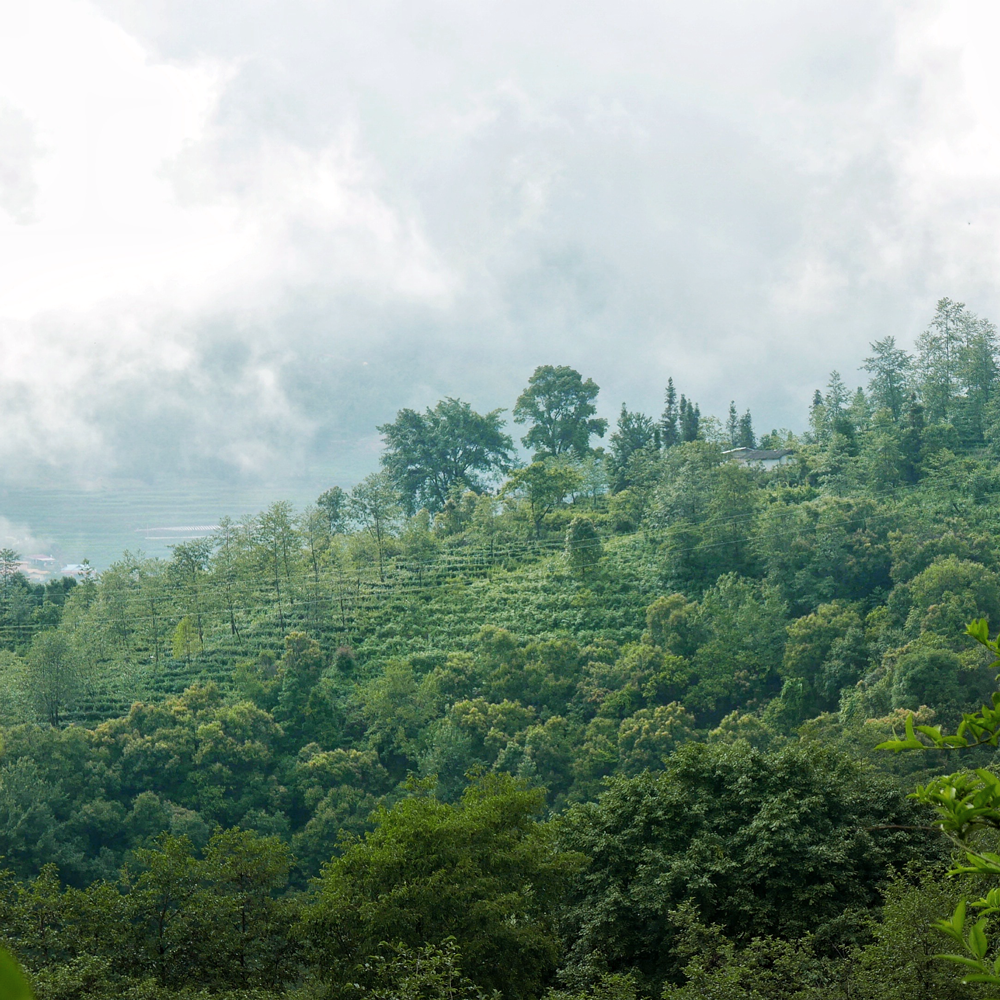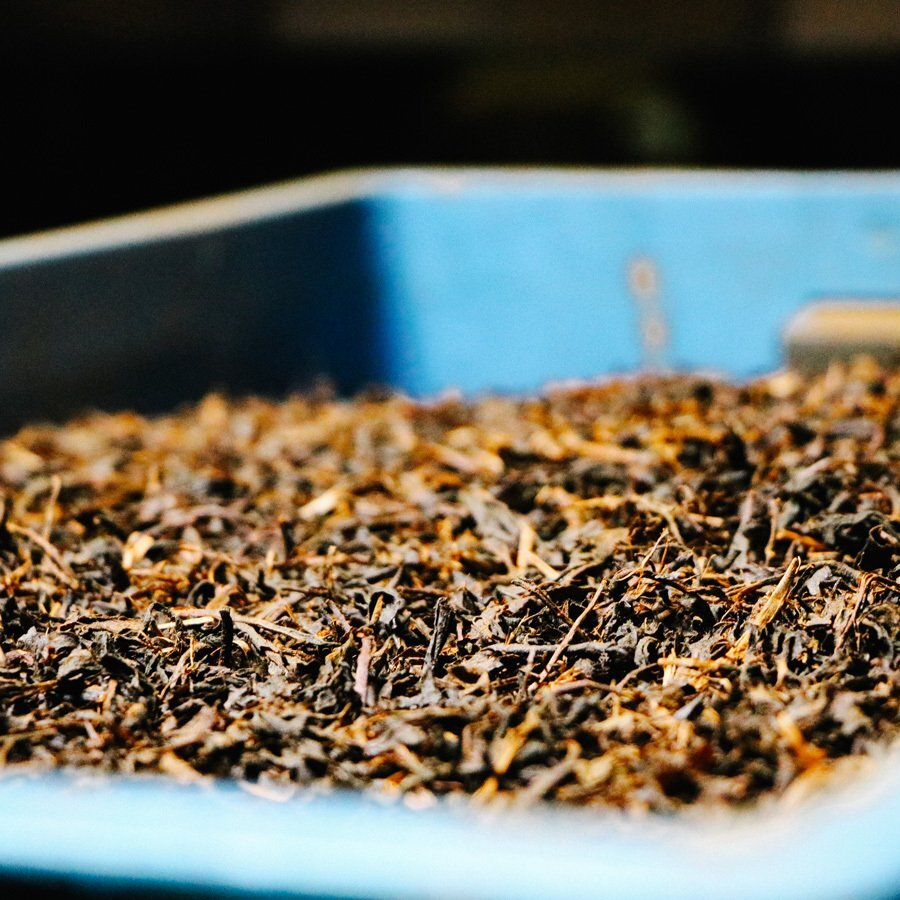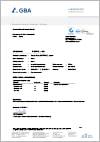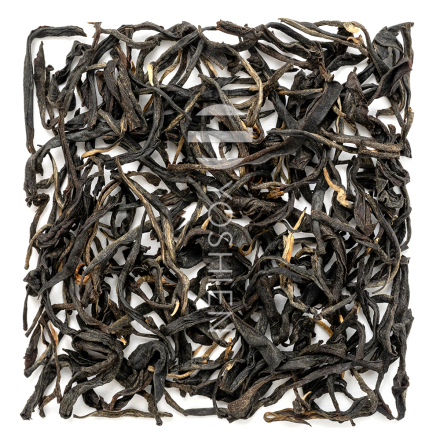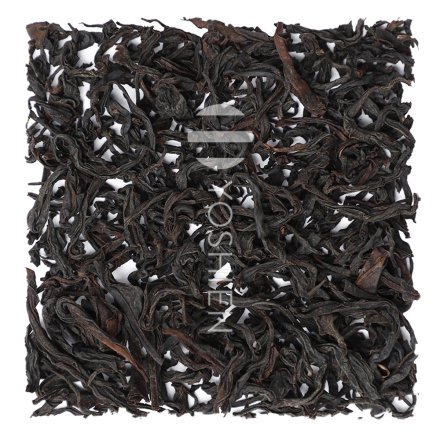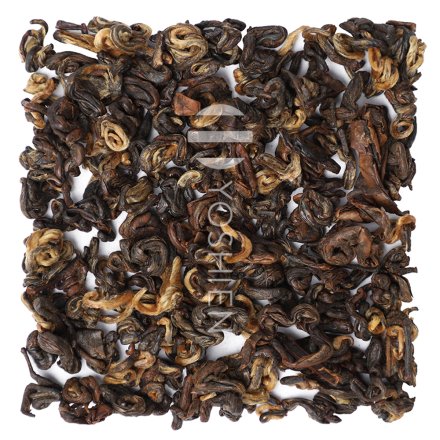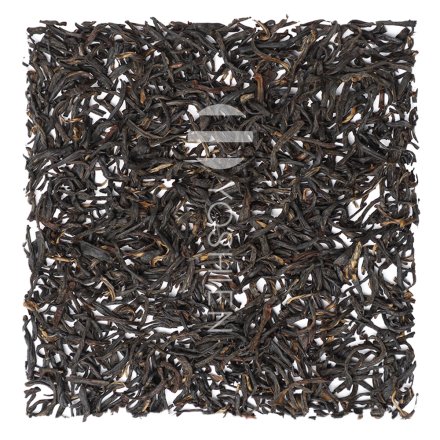Special features in location, cultivation and processing
The highland of Yunnan has a mild, subtropical climate, even at higher altitudes. This is due to the predominantly south-facing slopes, which are strongly influenced by the Indian and the Pacific Ocean. Traditionally, Yunnan is home to various large-leaf cultivars, some of which trace their origins back to ancient tea plants.
For this tea, only pure tea buds are used, carefully hand-selected during harvest. The finest buds, the very first of the season, are chosen for this tea. This early harvest period in China is known as Ming Qian. "Ming" (明) means "bright" or "clear," while "Qian" (前) means "before." Together, they refer to tea harvested before the Qingming Festival, a traditional Chinese celebration that usually takes place in early April. Teas picked during this time are considered exceptionally fresh and of the highest quality.
The oxidation of the buds takes place indoors. Initially, the tea leaves are lightly withered on bamboo trays. The room temperature is carefully controlled during this stage. The buds are then rolled by machine. After withering, the buds are placed in special wooden boxes and covered with cloths to undergo oxidation. This process lasts between three to five hours, depending on the desired oxidation level. An experienced tea master continuously monitors the tea to determine the exact moment to halt oxidation. Finally, the tea leaves are dried at 120°C, finishing off the process.
Organic Certification




